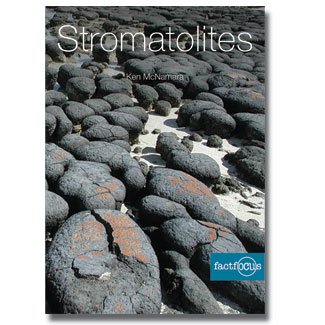Shark Bay’s ancient connection

Shark Bay holds a very special key. It can unlock secrets held by one of the best records of ancient life on earth.
Microscopic bacteria (microbes) trap, bind and cement sedimentary grains to form a stromatolite, which is literally a living fossil.
Stromatolites exist in only a few places in the world, and the specimens in West Australia’s Shark Bay are some of the best and most famous. Lake Clifton, south of Mandurah, also boasts some impressive formations.
The Western Australian Museum has published a new book, Stromatolites, and hopes it will show readers how these ancient formations are a window to the past.
“While stromatolites are not necessarily the most beautiful of objects they have an amazing story to tell,” author Ken McNamara says.
“The most amazing thing is that they are rocks made by microbes. I just love the idea of living things making rocks. It breaks down the barrier between the animate and inanimate world.”
Stromatolites grow slowly – less than 1 mm a year – and it is likely they will outlive many other life forms.
“We know they have been on Earth for nearly 3.5 billion years,” Ken says. “And I would suspect that if all other life forms on Earth became extinct, the good old stromatolites will still carry on being formed by these amazingly resilient microbes.”
The hard-working microbes range in size from one to 10 micrometres (millionths of a millimetre) and the geological stability of WA is pegged as the reason that the state has such a rich array of stromatolites.
Ken says these unassuming rocks also give an insight into how our planet is doing.
“I think they are a very good guide to the health of the planet,” he says. “Knowing that they live in quite special environments, such as in lakes and other water bodies low in nutrients, we can use them to show how we are treating the world.”
Ken hopes his book, due out in October, will raise awareness of an incredible ecosystem that has existed for 3.5 billion years.
“Even seemingly boring lumps of limestone have an amazing story to tell,” he says.
What’s next?
More news stories

